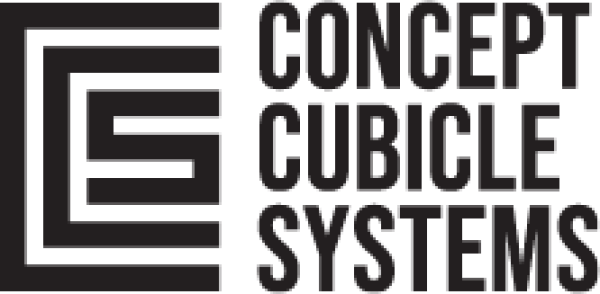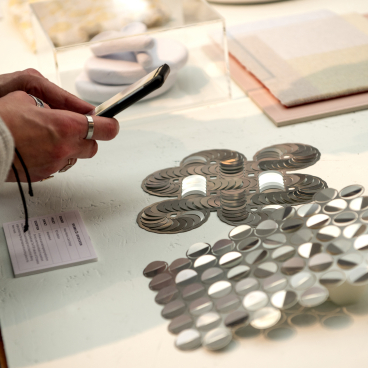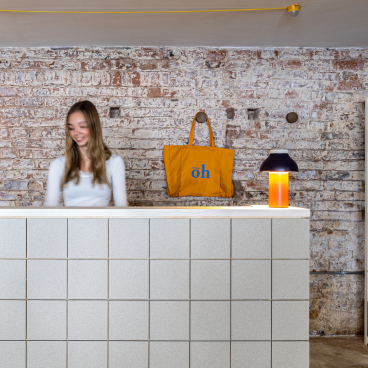Material Source Studio Presents: Sustainability - Confusion. Action. Trust.
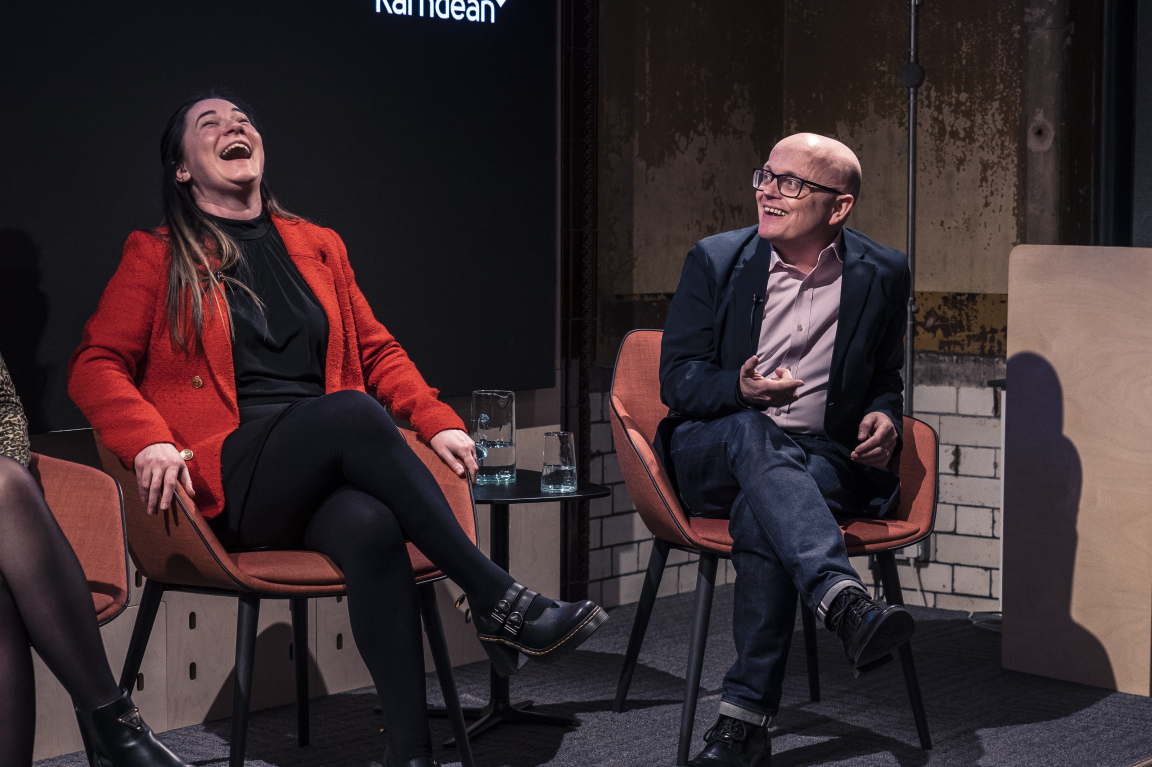
The first Material Source Studio Presents seminar of 2023, hosted by David Smalley, saw a packed house come to hear and discuss the hugely important – yet in equal measure extremely complex – topic of sustainability.
With the clock ticking rapidly on net zero targets, our panel shared their thoughts on what companies need to be doing right now to help tackle the climate emergency.
We brought a wealth of experience to discuss the subject. Special thanks go to Katerina Papavasileiou, Associate Director at Hermes Real Estate; Rebecca Lydon, Associate Director, Smart Energy & Sustainability, at Hydrock; and to Steve Connor, founder and CEO of Creative Concern.
We built our discussion around three key themes. Firstly, confusion, and how organisations can avoid becoming mired in confusion when it comes to sustainability targets and metrics. Secondly, what action they need to be taking right now to help avert the climate crisis. And finally, the importance of trust and collaboration to achieve emissions reductions.
Mitigation and adaptation
David began by asking if there was one particular environmental issue that most annoyed the panel, and if so what would they do to address it. Katerina stressed that we actually focus too much on how to make buildings net zero. “We need to better understand how people are actually using buildings. How does the building feel? This sole focus has built up around the CO2 metric, when actually what we need is a more holistic approach. We need to better understand how a place feels and what materials you are using when building an asset. You need to enter a building and feel it is sustainable.”
Rebecca agreed that there was too much focus and “single-mindedness” on net zero. “We should be talking far more about how we respond personally to climate change, and we need to strengthen policy around climate adaptation. As a minimum we need to ensure the conversation is about both mitigation and adaptation.” For Steve what rankled was rather more straightforward. “It’s people who drive their cars in cities, revving up at traffic lights to boot! Did you know that as much as 80% of car journeys in the UK are less than five miles? What would I do about it? Simple, you create car-free cities, and we have seen across the world that this can be done.”
Jargon and Delivery
For his next question, David turned to the specific charge that attempts by organisations to ensure that they are delivering on sustainability goals can often become mired in confusion. So how do you avoid this? Steve was quick to jump in that many companies simply use confusion as a smokescreen to taking sustainability seriously. “Some also use dreadful jargon which doesn’t help, while others use fake logos saying they are greener than they are.” Steve’s answer to this greenwashing, and one which he said he was already seeing, was the increasing standardisation of what companies report on. “This is very helpful and getting better all the time.”
Rebecca said that companies need to set achievable targets and understand how they are going to meet them. “Data is king,” she stressed. And she had a direct rallying call to our guests in the room. “Passive design is a massive issue for architecture because the energy we don’t use is actually the best way of getting to net zero. So, companies need to ask themselves how they are designing buildings to use less energy.”
Katerina turned to the much-debated world of ESG (Environmental, Social, Governance) targets, stressing that there remained much uncertainty about how companies actually implement ESG plans. “Firms knows they need to reduce their CO2 emissions and make their assets more energy efficient, so the answer is to have clear action plans for each of their assets with both short- and medium-term targets.”
Hermes practices what it preaches. “We aim to update our embodied carbon targets every eighteen months as new data comes” she added. “That data creates better clarity around targets. And when we make new investments, we have already started incorporating the cost of CO2. There is no time to wait, companies need to act now.”
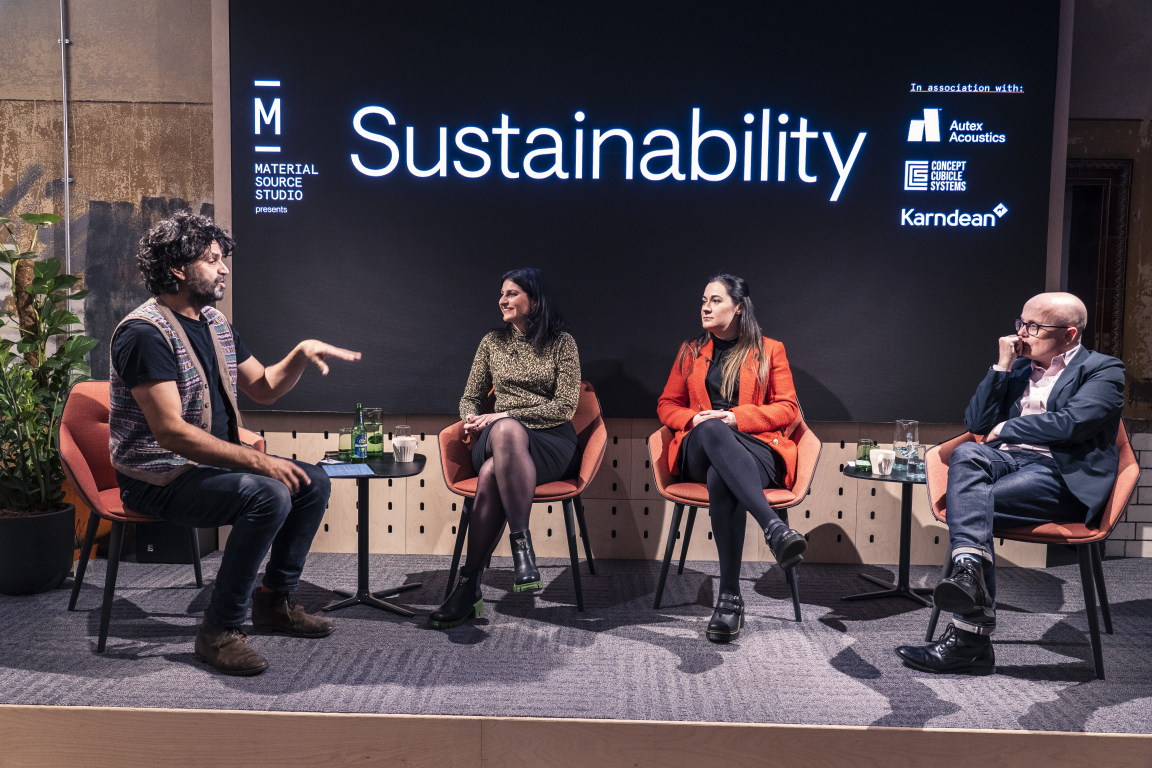
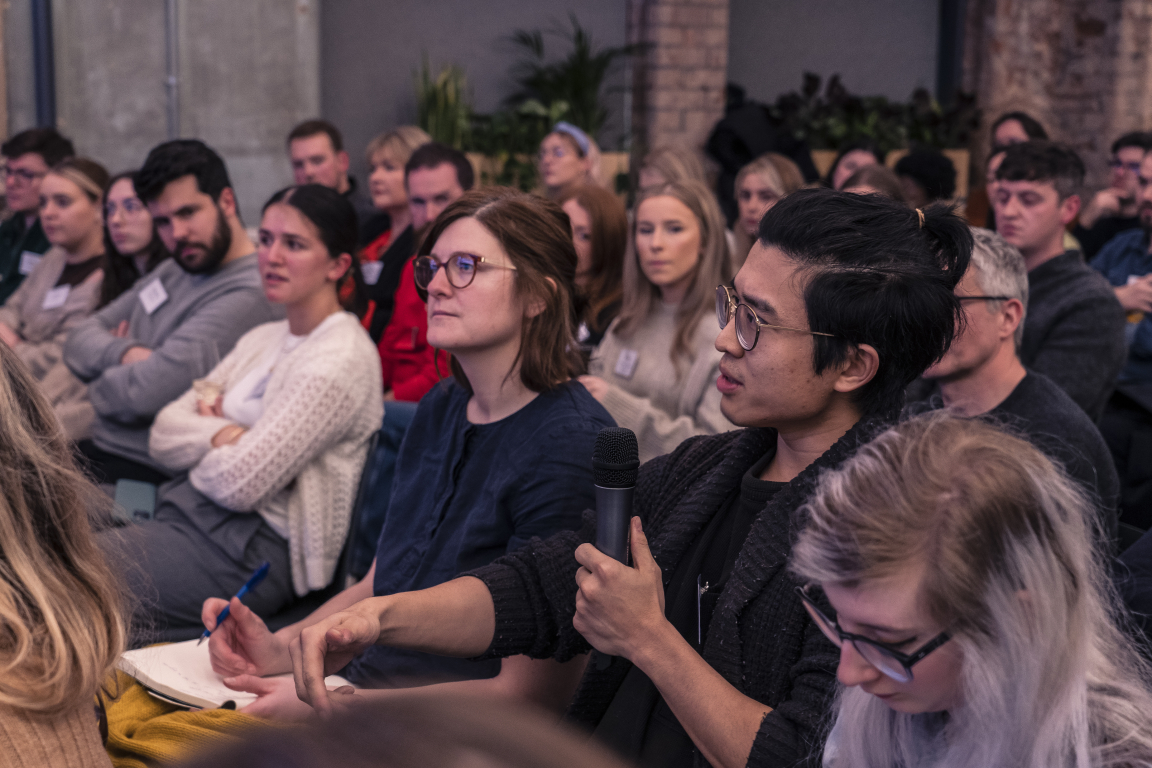
The not so new buildings
At this juncture we received an excellent contribution from an audience member who suggested that it was all well and good having such targets for new buildings. But what about old, energy-inefficient listed buildings? Do we have to just accept that some buildings will not perform well, or may even be demolished?
Steve admitted that this was a very difficult area which involved a delicate balancing act between preserving heritage and fighting climate change. “My own view is that the situation around listing needs to change, and I’m afraid there are buildings we may lose through climate change. Sometimes the answer is around innovation, such as constructing new buildings within the structure of old, listed buildings. In fact, I have seen this first-hand and it can be a very creative and effective solution.” Rebecca added that incoming legislation in fact meant some listed buildings would be at risk of being demolished because of energy issues.
Product transparency
David then asked the panellists for their thoughts on the main elements of sustainability that product designers needed to deliver on. What actions did they need to take? Katerina said that the key question was the sustainability of your product. “We need to be thinking about buildings only needing major refurbishments every 20 to 25 years, that is the timescale, and design accordingly.”
Rebecca added that designers needed to embrace Environmental Performance Declarations which transparently communicate the environmental performance or impact of any product. “These declarations take into account lots of different areas such as recyclability. The key is transparency.”
Steve added that one piece of legislation that designers needed to be aware of was that by next year it will become illegal to have any products that are linked to deforestation. “Companies will have to be transparent from source and that is going to be a big change. Designers also need a clear and easily available lifecycle analysis of every single product.”
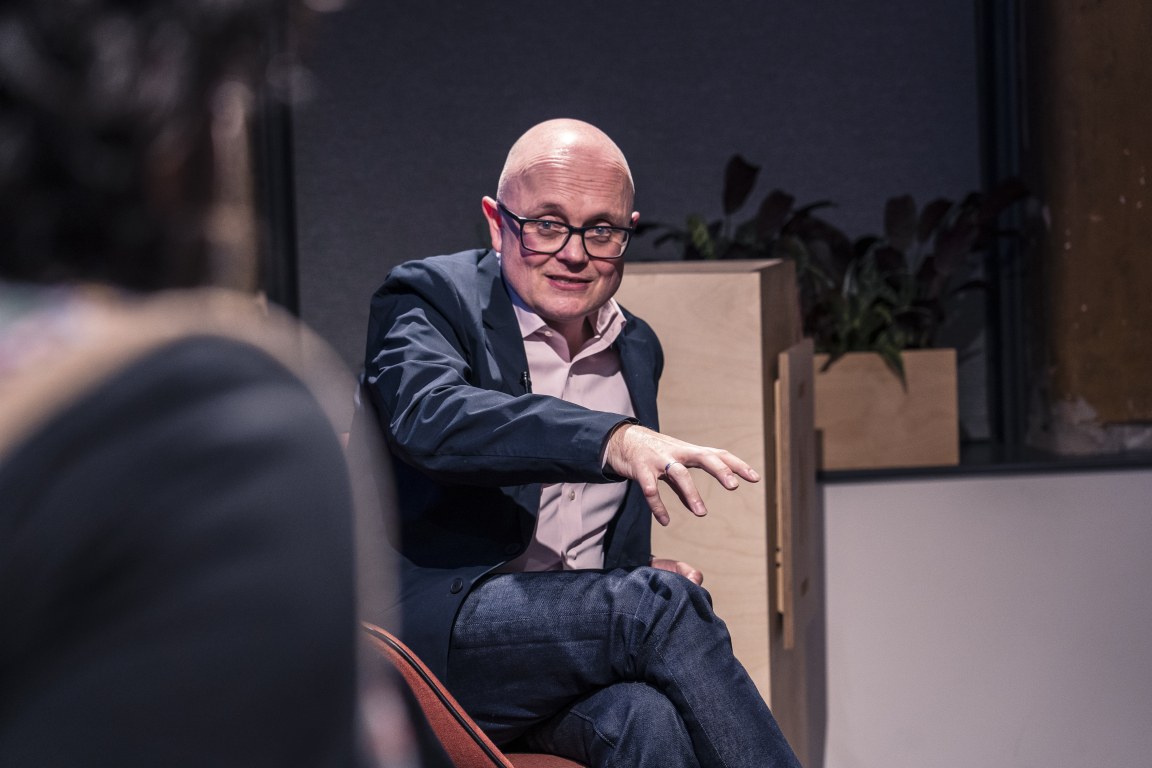
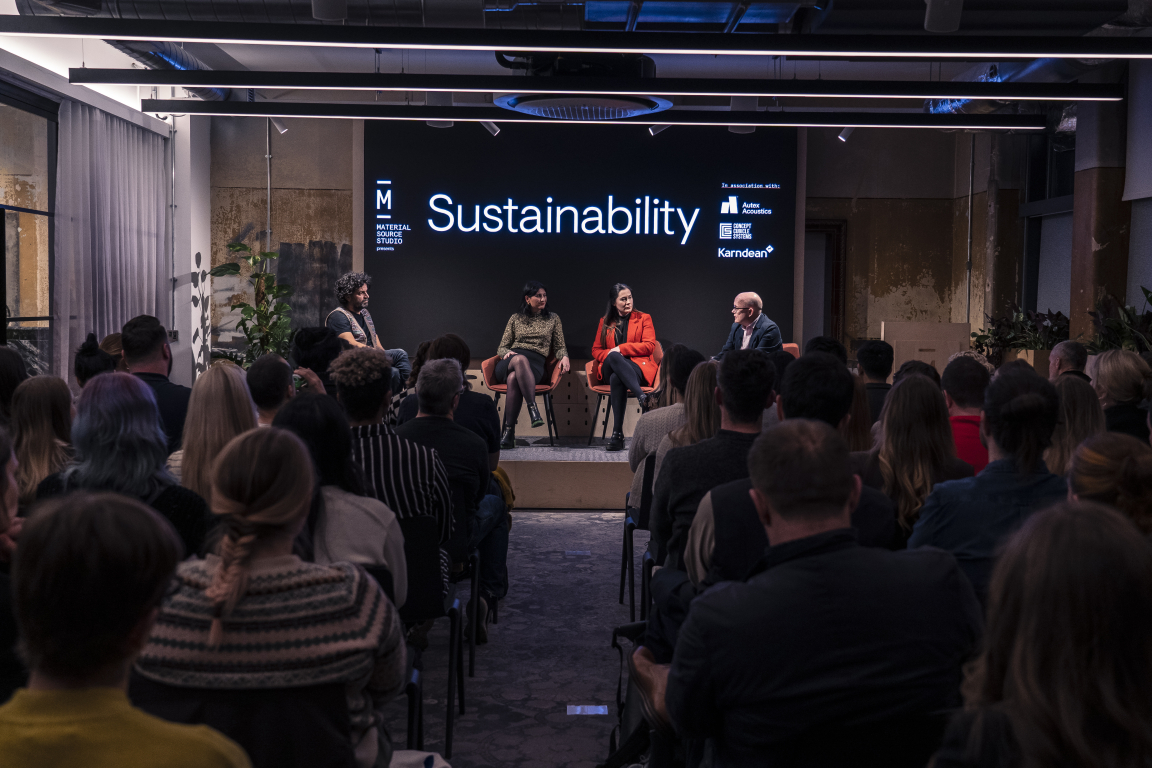
Circular approach
Rebecca certainly got everyone in the room thinking when the discussion then switched to how one can embed a more circular economy approach to ensure unwanted products and furnishings don’t simply end up in skips.
“Can we create a far more circular economy when it comes to the lifecycle of products? I have often wondered whether we could somehow create a central hub where companies could go to with their unwanted products so that they can be of use to someone else. How to get rid of unwanted products can be a big issue if a building is being repurposed.” Steve said this debate tied into a wider discussion around the use of more innovative materials, a debate that was going on right now in cities such as Manchester which has set itself such stringent emissions reduction targets.
“I’m not sure how many people know this, but Greater Manchester’s target is actually to reach net zero by 2038. At the moment there is a gap, and I like to think of it as an innovation gap. We need to see the innovation wedge as a new industrial opportunity for cities like Manchester. There are new materials coming online, such as graphene, and they have huge potential.” “It comes back to the importance of practices working closely with research teams,” said Katerina. “We need to collaborate at every stage from day zero to the operational stage. You need to bring everyone together from day one to collaborate.” “Absolutely,” agreed Rebecca. “We have an innovation delivery team that specifically partners with R&D organisations.”
The clock is ticking, fast.
David then asked what need to happen to get developers to think longer term. At which point Katerina was very quick to say we had to forget the long term, and start thinking short and medium term now. “We are running out of time. I think the fact that everyone looks long-term is part of the issue, there needs to be far more urgency,” she added. “New buildings need to be net zero carbon, so for new buildings I have hope. The massive issues come with existing stock.”
Steve ended the debate with a humbling message, as he reflected that even though Greater Manchester’s 2038 target sounded far off, the reality was that the city needed to move fast now. “In practice Manchester needs to reduce its CO2 emissions by 50% within just the next three years. We need to be really frank with people in terms of just how serious this climate emergency is.”
Summing up
To conclude – key points from the seminar:
There is an urgent need to understand much better how people are actually using buildings. Post occupier audits.
Organisations need to set achievable targets and understand how they are going to meet them. Data is king.
Designers need to embrace Environmental Performance Declarations which communicate the environmental performance or impact of any product. Information accessibility essential
In 2024 it will become illegal to have any products that are linked to deforestation. Companies will have to be transparent from source.
More consideration needs to be given to creating a circular economy around unwanted fit-out products. Reuse and Repurpose.
The energy we don’t use is actually the best way of getting to net zero. If it’s not needed, don’t put it in, challenge the norms.
As always, our hour-long session was barely enough time to scratch the surface of this hugely important topic. But these discussions will continue across our online magazine, 2023 seminar and roundtable programme, and beyond, so stay tuned.
We'd like to take this opportunity to thank our supporters Autex Acoustics, Concept Cubicle Systems, and Karndean. And, finally, a huge thanks to everyone who attended the seminar in person and our loyal readers for your continued support.



